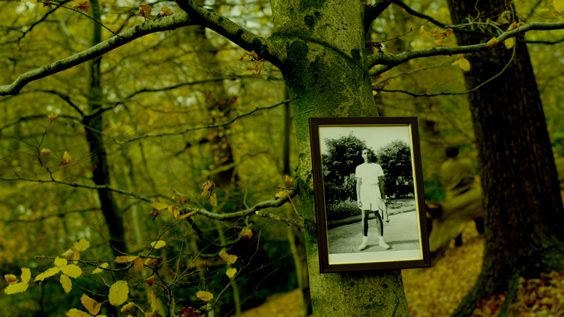
John Akomfrah, still from The Unfinished Conversation, 2012. Collection of the Tate: Jointly purchased by Tate and the British Council, 2013. Courtesy the artist; Smoking Dogs Films; and Caroll/Fletcher, London.
THE UNFINISHED CONVERSATION:
ENCODING/DECODING
23 January – 18 May 2015
The Power Plant, Toronto
ARTISTS: Terry Adkins, John Akomfrah, Sven Augustijnen, Shelagh Keeley, Steve McQueen, and Zineb Sedira
CURATERS: Gaëtane Verna and Mark Sealy MBE
The Power Plant presents The Unfinished Conversation: Encoding/Decoding in partnership with Autograph ABP. The winter exhibition takes cultural theorist Stuart Hall’s (1932 – 2014) essay “Encoding and Decoding in the Television Discourse” as its point of departure, exploring how meaning is constructed, how it is systematically distorted by audience reception and how it can be detached and drained of its original intent to produce specific or slanted narratives.
Hall, a Jamaican-born United Kingdom academic, devoted his life to studying both the complexities and the interweaving threads that exist between culture, power, politics, and history. He arrived in Great Britain in 1951 as a Rhodes Scholar at Oxford University and quickly became one of the founding figures of the new left in Europe, a key architect of cultural studies, and one of Britain’s foremost public intellectuals. Hall’s interdisciplinary approach drew on literary theory, linguistics, and cultural anthropology in order to analyse and articulate the relationship between history, culture, popular media, cold war politics, gender, and ethnicity. He has been credited with opening the debate on immigration and the politics of identity.
With Hall’s thinking in mind, The Unfinished Conversation: Encoding/Decoding presents the work of Terry Adkins, John Akomfrah, Sven Augustijnen, Shelagh Keeley, Steve McQueen, and Zineb Sedira. Their works cull from image and audio archives to reflect upon a particular socio-political event and its subsequent historicized narrative and the artists bring into play time, memory and archive in an effort to offer new readings of the past.
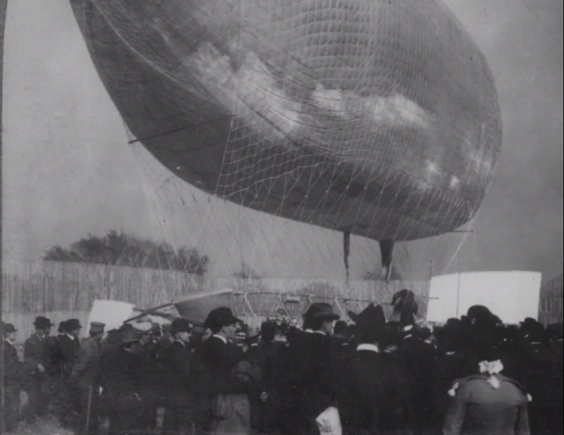
Terry Adkins, still from Flumen Orationis (from the Principalities) 2012. Courtesy the Estate of Terry Adkins; and Salon 94, New York.
The Unfinished Conversation: Encoding/Decoding lays emphasis on the idea that the visual is an assimilatory process, continuously at work in the construction of culture, political, personal, and national identities.
In his work, Flumen Orationis (From the Principalities) (2012), Terry Adkins paired a recording of Rev. Dr. Martin Luther King Jr’s (1929-1968) speech “Why I am Opposed to the War in Vietnam” with music by Jimi Hendrix (1942 – 1970) played over found black and white photographs of hot air balloons and other dirigibles. The Unfinished Conversation (2012) by John Akomfrah explores the personal archive of Hall, weaving historical events with the cultural theorist’s biography and archived footage. Sven Augustijnen’s Spectres (2011) is a film essay recalling the assassination of Patrice Lumumba (1925-1961), Congo’s first democratically elected prime minister. Shelagh Keeley’s new site-specific wall work 1983 Kisangani, Zaïre, (2015) will be in dialogue with her current installation Notes on Obsolescence (2014) by using photographs from her 1983 Northwest Central and East Africa journey. Keeley’s new work will contribute to our contemporary understanding of the turmoil that is inherent to these regions that have since been consumed in civil wars and thus rendered unrecognizable. Steve McQueen’s End Credits (2012) is dedicated to the African-American civil rights activist Paul Robeson (1898-1976). Thousands of pages from Robeson’s file compiled by the FBI over years of surveillance during the McCarthy era –once heavily censored and now publicly accessible – are displayed as documents read aloud. Zineb Sedira combines documentary film and installation in Gardiennes d’images (Image Keepers) (2010), exploring the legacy of Mohamed Kouaci’s (1922–1996) photographic work on the Algerian revolution through tales of his widow Safia Kouaci.
Together the works on view suggest that multiple and alternative perspectives are integral to understanding history, as accounts of the past are too often moulded by dominant narratives. In doing so, the works on view reframe particular socio-political moments in an effort to propose new ways of understanding the world we live in. They push formal boundaries to tackle significant social issues confronting contemporary culture.
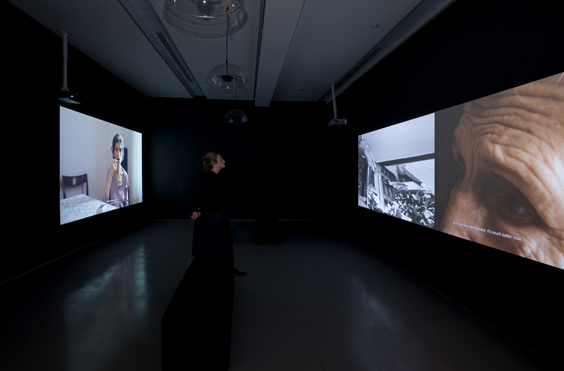
Zineb Sedira, Gardiennes d’images (Image Keepers), 2010. Installation view: Palais de Tokyo, Paris. Photo André Morin
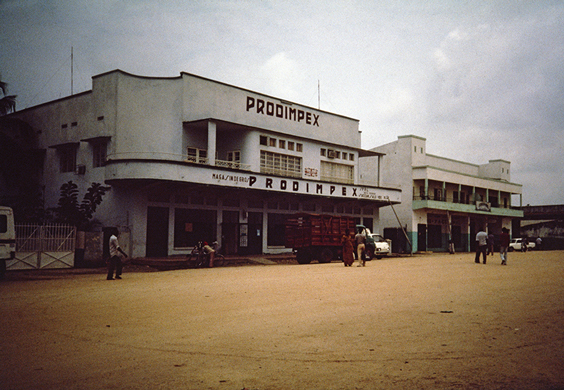
Shelagh Keeley, detail from 1983 Kisangani, Zaïre, 2015. Courtesy the artist.
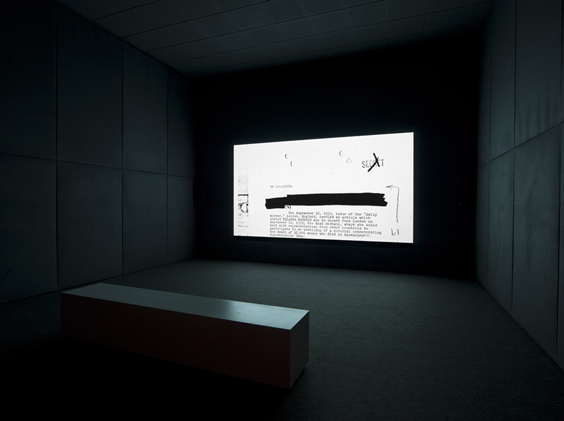
Steve McQueen, End Credits, 2012. Installation view: Art Institute of Chicago, 2012. Courtesy the artist; Marianne Goodman Gallery, New York / Paris; and Thomas Dane Gallery, London.
THE POWER PLANT
231 Queens Quay W,
Toronto, Ontario
M5J 2G8 CANADA
thepowerplant.org
Opening hours:
Tuesday – Sunday 10h00 – 17h00
Thursday 10h00 – 20h00
Open holiday Mondays
